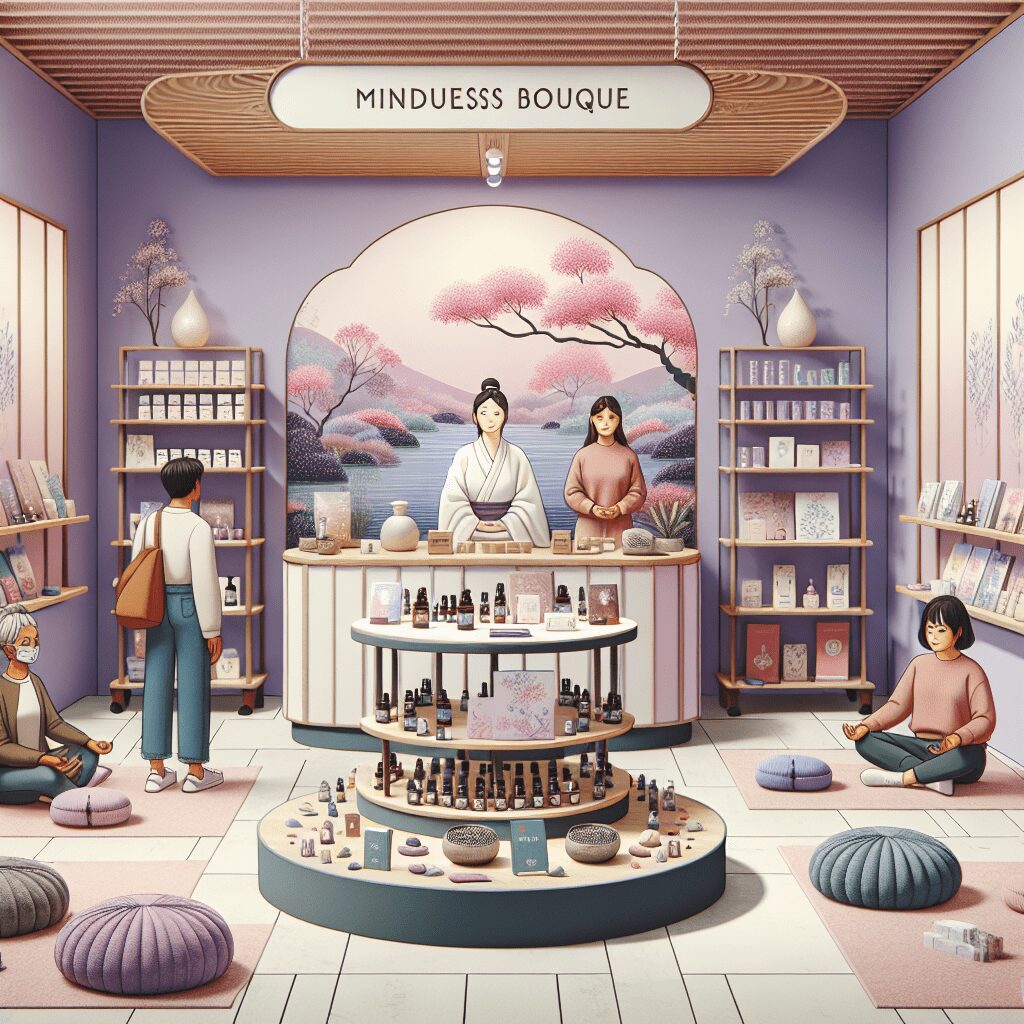
Prioritize your mental well-being daily. Enhance your life by nurturing your mental health with the Smart Meditation app. Break free from stress, alleviate anxiety, and enhance your sleep quality starting today.
How To Meditate By Monk?
Unveiling the Ancient Secrets: Meditation Techniques from the Monks
Meditation, a practice as ancient as time itself, is often visualized with an image of serene monks in tranquil monasteries, delving deep into the realms of consciousness. Their exemplary discipline and profound peace have long evoked curiosity and admiration. But what if you could unlock the very essence of this venerable tradition from the comfort of your home? Let’s embark on a journey to explore meditation techniques inspired by monks, promising a pathway to tranquility and clarity.
The Foundation of Monk Meditation
Embarking on the meditation journey, it’s essential to ground ourselves in the fundamentals that form the backbone of monk-inspired meditation practices.
-
Silence is Golden: Monks often leverage the power of silence to create an environment conducive to deep meditation. Start by finding a quiet, comfortable space where you can be undisturbed for the duration of your practice.
-
Posture Matters: Sit with your back straight yet relaxed, in a traditional lotus or a simple chair position. Ensure your neck and shoulders are stress-free, and your hands are resting gently on your lap or knees.
-
Breath is Life: Deep, mindful breathing is a core element. Breathe slowly and deeply, focusing your attention on your breath, acknowledging the air entering and leaving your body.
-
The Here and Now: Engage in mindfulness by gently anchoring your thoughts to the present moment. Brush away the intrusive thoughts about past or future, and dwell in the ‘now’.
-
A Mantra of Peace: Many monks use a mantra—a phrase or sound repeated to aid concentration in meditation. Choose a positive, calming mantra to chant internally as you meditate.
Step-by-Step Guide to Monk-Inspired Meditation
Let’s break down the process into an accessible step-by-step guide, blending ancient wisdom with practical advice:
-
Find Your Sanctuary: Select a quiet, clutter-free spot in your home. If possible, dedicate this space exclusively to your meditation practice.
-
Set the Scene: Optionally, you may light a candle or incense to create a serene atmosphere. Such elements can serve as additional focal points during your meditation.
-
Timing is Everything: Allocate a specific time of the day for meditation. Early morning or evening, when the world is quieter, is often ideal.
-
Ease Into Position: Adopt your chosen meditation posture. If sitting on the floor is uncomfortable, feel free to use a chair. What matters most is maintaining a straight spine.
-
The Breath of Life: Close your eyes and bring your focus to your breath. Take slow, deep breaths, and with each exhale, visualize releasing the day’s stress and distractions.
-
Mindful Awareness: As you meditate, thoughts will inevitably wander. When they do, gently acknowledge them, and return your focus to your breath or mantra. This act of bringing attention back is where the mediation deepens.
-
Duration: Start with five to ten minutes a day and gradually extend as you become more comfortable with the practice.
-
Closing the Session: Before ending your meditation, take a moment to acknowledge your practice and the peace it has brought. Gently open your eyes, carrying forward the calmness into your daily activities.
The Ripple Effect of Meditation
Embracing this monk-inspired meditation journey does more than just provide a temporary haven of calm; it has the potential to transform your approach to life’s challenges. Regular practice cultivates resilience, enhances focus, and fosters an underlying sense of peace, enabling you to navigate the complexities of modern life with a monk’s tranquility and mindfulness.
So, why not step into the world of meditation with the wisdom of the monks as your guide? A journey of a thousand miles begins with a single step — or, in this case, a single breath.





